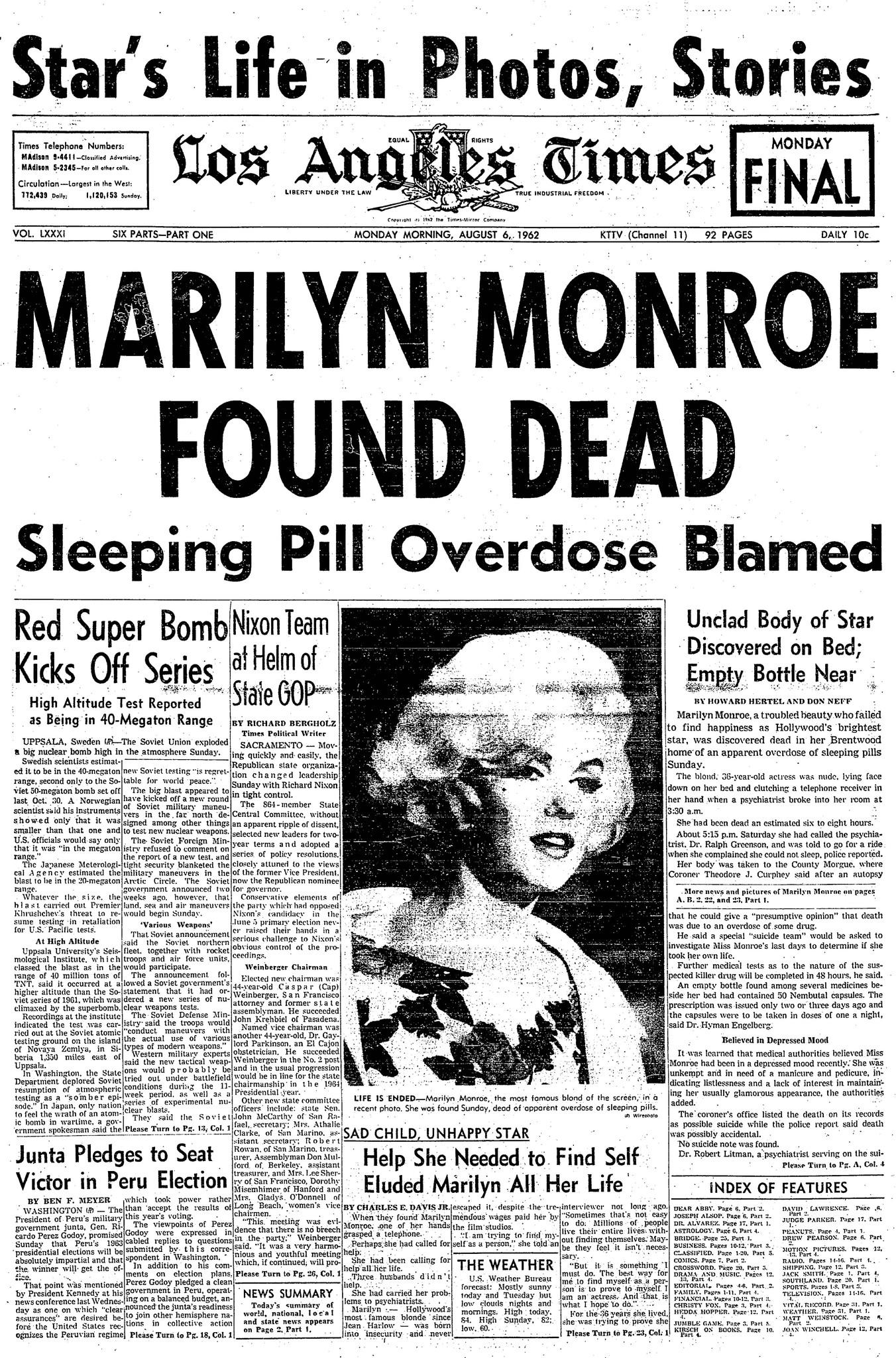
Front page of the Baltimore Sun, 8 August, 1962. - The Baltimore Sun
"The success of the satellite exceeded all expectations, of either company or government officials."
~ John F. Finney, NYT
The cooperation between government and private enterprise that led to Telstar seemed like excellent evidence that the United States political ideology and structure was sound. The U.S. government also realized that satellites were full of potential and that the country that controlled satellites in space would exert much power on a global scale. The government created a contract with Bell Labs regarding Telstar in order to set a precedent for future satellite technology administration.
"The contract provides, for example, that any investments growing out of Telstar or communications satellite work at Bell Laboratories during the contract shall be available on a royalty-free basis to all comapnies."
"It marked a historic, highly successful first step toward achieving a revolutionary new global communications system in space."
~ John W. Finney, NYT
"The successful firing and subsequent operation of the Telstar communications satellite is an outstanding example of the way in which government and business can cooperate in a most important field of human endeavor."
~ John F. Kennedy, former President of the U.S.
"Its success awakened Congress to the importance of non-military uses of space and spurred frantic debate over the future of commercial uses of satellites."
~ Peter H. Lewis, NYT
President John F. Kennedy and Vice President Lyndon B. Johnson both commended Telstar's success as a technological development and a symbol of United States power.
"The achievement of the communications satellite while only a prelude throws open to us the vision of an era of international communications."
~ John F. Kennedy
"Another first in the American conquest of space."
~ Lyndon B. Johnson
Furthermore, Telstar was so successful that satellite development immediately became a focus for the United States government and private sector.
"I told the President that the F.C.C. was doing all it could to encourage communications satellites because these satellites would turn out to be more important than sending men itno space. A communications satellite sends out ideas, and ideas last longer than men."
~ Newton N. Minnow, former Chairman of the Federal Communications Commission (1961-1963)
By 2017, 8,300 people in the United States worked in almost 540 firms providing satellite telecommunication service.
"Science and technology revolutionize our lives, but memory, tradition and myth frame our response."
~ Arthur Schlesinger
Not only was Telstar practically successful, but it also left a true impact on the public. People were filled with wonder and delight at the sight of images and sound from across an ocean, and they understood that Telstar was only the beginning of something much larger. Telstar was famous around the world, and even today, people who lived during the time will recall the magic of the satellite.
"It was the rarest of all television moments, the kind that compels viewers to lean forward and stare in a primal wonder and amazement at their screens. The reality of live telecast to Europe seemed unbelievable. It was as if we had to keep telling ourselves it was happening."
~ Walter Cronkite, NPR All Things Considered (2002)
"Such a gust of global exchanges via satellite have long since lost their special sense of occasion and ceremony. They are a dialy routine now as satellites take us to places we didn't know existed. We knew we were christening a technology that would change the world. Years later, it still is."
~ Walter Cronkite, NPR All Things Considered (2002)
"While geostationary communications satellites quickly eclipsed the Telstar network concept, subsequent satellites failed to achieve the public notoriety of Telstar."
~ Dr. Lori C. Walters
Even the Pope, John XXiii, declared that Telstar "marked a new stage of peaceful progress" and "helped strengthen brotherhood among peoples."
Many Americans were proud of Telstar and saw it as a beacon of hope during the Cold War. They were scared and tired of news about the Soviet Union, and Telstar gave them a sense of relief. Telstar was proof that America was strong.
"The implication was, 'If Russia could put these things [(satellites)] into space, maybe they could shoot missiles at us.' This is something we won."
~ Paul Ceruzzi, former chairman of the National Air and Space Museum's Space History Division (Curator Emeritus)
Telstar was revolutionary. It led to a new era of communications in a way that was compared to some of the biggest communication accomplishments in history.
"With these brief broadcasts, a technological advance of great import was recorded."
"Such satellite systems promise, when perfected, to expand man's contacts around the globe as radically as the invention of printing."
~ Richard Witkin, NYT (11 July 1962)
"...a communications feat regarded as rivaling in significance the first telegraphed transmission by Samuel F. B. Morse more than a century ago, the satellite..."
~ John W. Finney, NTY (11 July 1962)
Telstar created a world that could connect globally with ease. Culture and emotions could be shared not just with one's country, but with the world.
"We all know the power of the live image to change our image of the individual, group or a country. We know global communications can create global community, even if for a brief time, and unite us in joy, tragedy, and triumph."
~ Wayne Clough, former Smithsonian Secretary
"President Kennedy was assassinated in November of 1963 and I remember hearing that Europe could share a lot of what we saw on television instantaneously because of Telstar. It was tragic circumstance which underscored that we were getting knitted together as people around the world."
~ Scott Simon, NPR Weekend Edition Saturday (2012)
Public adoration of Telstar was reflected in the popular culture of the time. Telstar provided television coverage of the death of famed actress Marilyn Monroe; the band The Tornadoes commemorated the satellite's launch with their one-hit-wonder "Telstar", which topped the Hot 100 list in 1962; and fans of Star Wars have pointed out the remarkable similarity in design between Telstar and the infamous Death Star from the movie series.

Front page of the Baltimore Sun, 8 August, 1962. - The Baltimore Sun
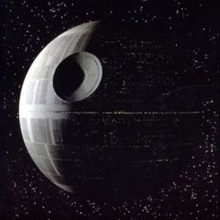
"Origional Death Star" - Wikipedia
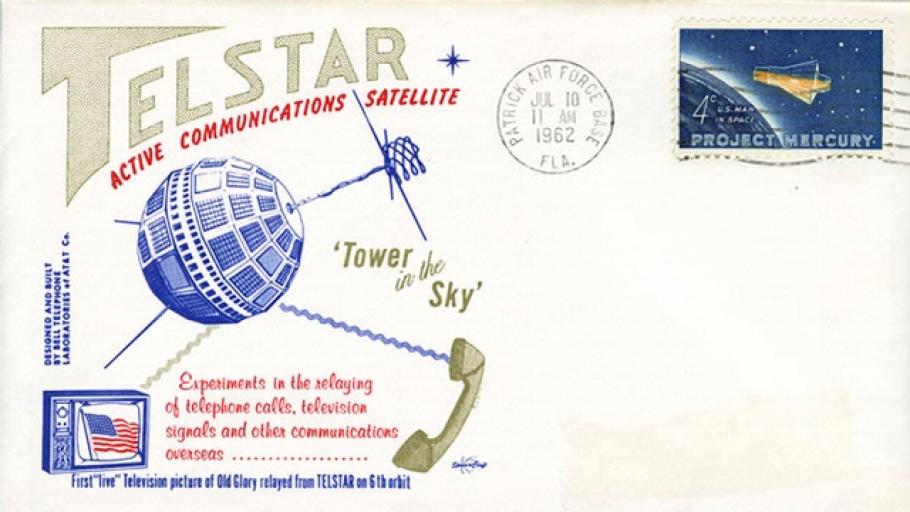
A postal cover issued on July 10, the date of Telstar's launch. - Smithsonian National Air and Space Museum
Telstar provided scientists valuable information about the function of satellite technology. It also revealed the profitable future of satellites to business and technology companies around the world. Telstar paved the way for future telecommunications developments in space.
"[I]t is impossible to assess satellite technology without understanding the remarkable achievement of the Bell Labs researches 25 years ago."
~ Peter H. Lewist, NYT (1987)
"Services provided directly to consumers, and in particular satellite TV, continued to be the engine driving the industry's overall growth. Satellite TV services alone earned nearly $90 billion in global revenue last year."
~ Patricia A. Cooper, former president of the Satellite Industry Association (2014)
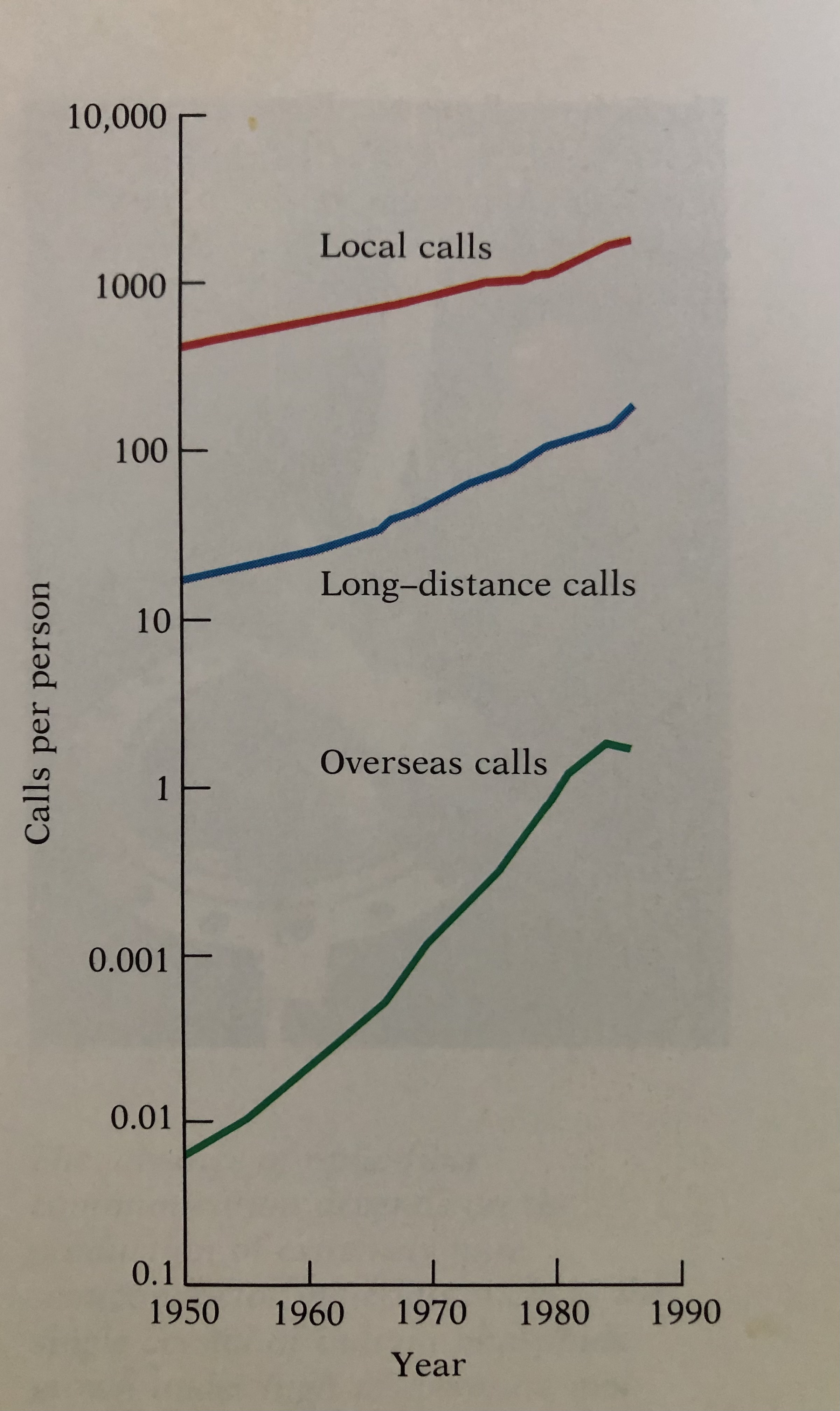
Following Telstar's launch, the number of overseas calls placed from the U.S. incresed more rapidly than local or long-distance calls. - John R. Pierce and A. Michael Noll.
Today, satellites are vital to our daily lives. Many forms of communication including telecommunications, geological data, and GPS are provided by satellites.
"The orbital corridors around our planet are clogged with satellites large and small. These spacecraft transmit communications; image the ground; conduct research; and provide broadcasting, GPS, weather forecasts and many other aspects of modern life."
"Of the 3,200 or so functioning satellites, the U.S. owns 1,327. Of those, 935 are commercial satellites that provide broadcasting and secure, global communications."
~ Ann Finkbeiner, Scientific American (Nov 2020)
The Global Positioning System relies on a "satellite constellation" made from satellites orbiting Earth on six orbital planes, twice per day, at 12,550 miles above the surface. The arrangement of the constellation ensures that anywhere on Earth is within range of at least four satellites at all times. GPS satellites communicate with receivers, often our mobile devices, with information about location that aids in navigation and location based services, such as alerting a user when they are close to friends, stores, or other locations in which they have displayed an interest.
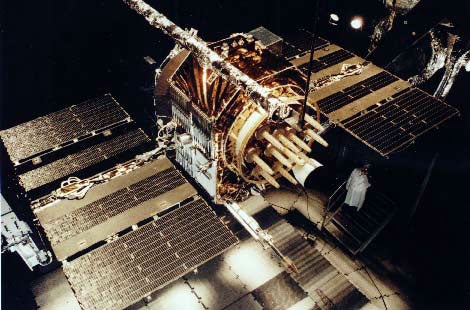
"A Navstar GPS Satellite ungergoing pre-launch testing." - Scientific American and U.S. Air Force
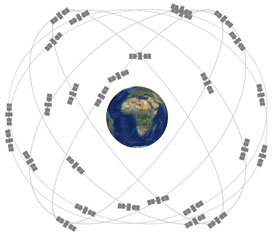
"Expandable 24-Slot satellite constellation" - GPS.gov
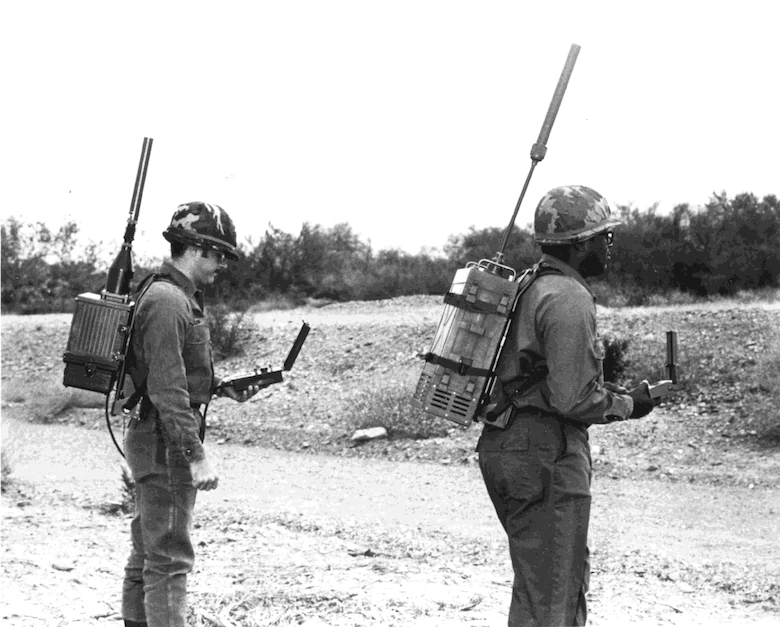
"Two soliders test early models of GPS manpack receivers in 1978" - U.S. Air Force
We continue to expand telecommunication provided by satellites across the globe, forging an increasingly complex and connected world.
"New Space companies are linking hundreds or thousands of small satellites into large constellations that ensure Internet access and continuous imaging coverage of every spot on the globe...."
~ Ann Finkbeiner
"Internet access itself will be spreading. Starlink, for example, has a plausible plan to supply satellite-based internet connections to the entire world."
~ Tyler Cowen, Lincoln Jounral Star (30 December 2020)
American Journalist Audie Cornish said it best:
"Telstar was the first step to our modern world."
~ Cornish, NPR, All Things Considered